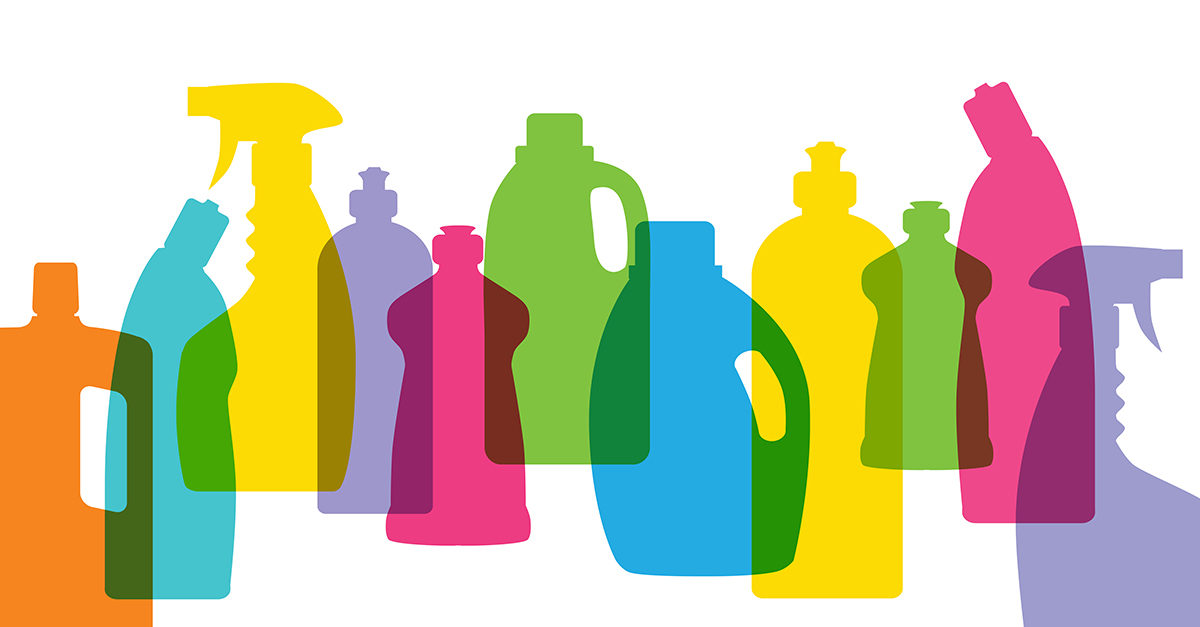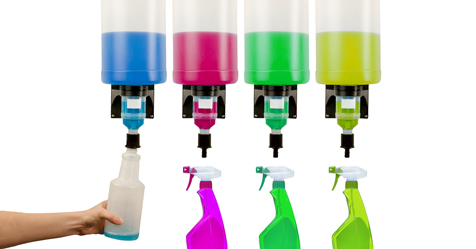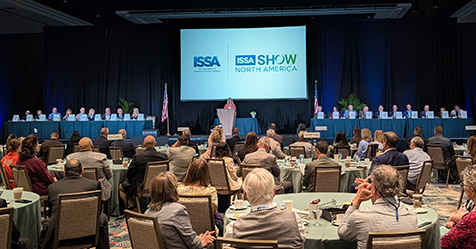The term “product rationalization” may be relatively new to many cleaning contractors as well as some facility managers. Typically, the term is not even used by contractors/managers. Instead, it is often used by manufacturers and distributors who want to streamline their product offerings so they can concentrate their time and efforts on products that either sell best or are the most profitable.
Product rationalization, when it applies to manufacturers and distributors, can be defined as reducing the number of products that are manufactured or sold in order to invest more in the products that make the most profit. The goal of product rationalization is to reach a maximum number of customers with a minimum number of products in order to maximize revenue for each product.
Advocates for product rationalization say once an effective program is instituted, manufacturers, distributors, as well as retailers and others marketing products and services, often find it follows the Pareto Principle—the 80/20 Rule—very closely: About 20 percent of the products marketed generate about 80 percent of sales. As a result, manufacturers and marketers should phase out, or backburner, as many as 80 percent of the products they are now manufacturing/selling. They should also put more or almost all of their time and effort into the 20 percent of products that are paying the bills.
Now that you have an overall idea of what product rationalization means when it comes to selling and manufacturing goods and services, let’s review how product rationalization can benefit cleaning contractors and facility managers as well. And these benefits are why many large cleaning contracting companies, as well as the managers of very large facilities, typically have an active production rationalization program in place.
Case in Point
Now an independent consultant, Alan Bigger was the director of building services at the University of Notre Dame for more than 16 years. He was also in charge of a large annual operating budget of more than US$8 million.
When dealing with that large of a budget, a closely monitored purchasing program is necessary. This is to prevent from making duplicate purchases for products already in stock or no longer needed.
Bigger indicates he first got “aggressively” involved in product rationalization when his university was transferring to a green cleaning strategy. This is not uncommon because managers, as well as cleaning contractors, have discovered that products labeled as green do not necessarily all perform the same. In fact, especially in the early years of green cleaning, testing several green cleaning products in order to select those that were the most cost-effective was actually quite common.
“With an aggressive product rationalization program in place, we found we could reduce the number of ‘types’ of chemicals [used on the campus] by as much as 90 percent,” Bigger says. “In fact, even with a large college campus like Notre Dame, we were able to perform most all of our cleaning tasks using just four or five daily-use chemicals along with some specialty carpet care and floor care products…In other words, four or five chemicals were used for multiple tasks.”
But how does this translate into benefits? According to Bigger, the benefits of a product rationalization program include the following:
- Easier training: Instead of training cleaning workers to use a variety of cleaning solutions for different cleaning tasks from different manufacturers, they have just a few solutions for all tasks.
- Enhanced safety: Related to the above, there is less concern that cleaning workers will improperly use a rarely used cleaning product; they are properly trained to use the few cleaning solutions in the facility.
- Regulations: Fewer products make it easier to maintain safety data sheets (SDSs) for U.S. Occupational Safety and Health Administration (OSHA) regulations, eliminating potential fines.
- Closet inventory: Fewer chemicals typically require less storage space, making possible more effective management of supplies and inventory control. Managers/contractors and their distributors are better able to determine which products are on hand at any time and which will be needed soon.
- Spending leverages: With the ability to purchase large quantities of a select few products, purchasers can often negotiate price reductions or receive manufacturers’ rebates. (Note: Cost reductions/rebates are most common if the contractor is a member of a group purchasing organization.)
- Waste reduction: Selecting products that are rarely used means you may have to dispose of them. Along with being wasteful, this can be very costly.
- Fewer suppliers: Most purchasers, especially large purchasers, prefer to work with a limited number of vendors for supplies. This streamlines clerical needs, which also translates into cost efficiencies and reductions.
“Another benefit, which can be very valuable, is that the [distributors] are more closely attuned to your facility’s [cleaning] needs,” Bigger adds. “They become part of the team, helping to operate the facility in an effective, cost- effective, and health-protecting manner.”
Implementing a Product Rationalization Program
Other than understanding what it is, how it can work, and its potential benefits, what is involved in implementing a product rationalization program? Surprisingly, it’s not that difficult.
For the managers and cleaning contractors of a facility, the first step is to take inventory of all the products currently in use to clean and maintain the location. Next, follow these steps to reduce the list of products in use:
- Start by eliminating those products in stock that are rarely used or never used.
- If transferring to a green cleaning program, eliminate all traditional cleaning chemicals unless they are specifically needed for a particular task (see sidebar).
- Evaluate the cleaning solutions; determine which appear to perform most effectively and which are most cost-effective once you figure in volume discounts and rebates.
- Determine which products can be used for multiple cleaning tasks; single-task products should be eliminated, if possible, unless they are used for specialty cleaning.
- Consider availability; there can be routinely backordered cleaning solutions. Not only may having adequate supplies of these products be an issue, but such products may be more costly if the backorder is due to high sales volume.
“From here it is a process of having very strict inventory and purchasing controls,” Bigger says. “Stick to the products that have met your criteria and only consider selecting different products after very close examination and consideration. The drivers for a quality [product rationalization] system should be effectiveness and efficiencies that will provide economies [to] enhance an organization’s bottom line.”
Terry Sambrowski is executive director of the National Service Alliance (NSA), a group purchasing organization for larger building service contractors and related U.S. businesses. She can be reached at [email protected].



